“In a bitter irony, “modern” homes not only threaten the health of the planet, they threaten the health of those they are intended to shelter.” ~Dan Chiras, author of The Natural House
First, a Look at Conventional Homes:
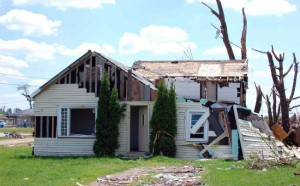
Mother Earth’s Wear and Tear
The third little piggy built his house of bricks. The wolf huffed and he puffed, but he could not blow that house down. Essentially, this is why we’re building with earth. Let’s face it, we live in tornado alley. Earthquakes, hail, wildfire, flood, and hurricanes can demolish conventionally built homes in a matter of minutes.
Cost
The average cost to build a home today is between $80 and $120 per square foot, not including the cost of land or land preparation. ¹ Given this estimate, a 2226 square foot home (average size for U.S. today), would cost between $178,000 and $267,120 to build. ²
Built to Last
It is hard to say how long homes will last, because there are so many variables. Care and maintenance play a large part, amount of natural materials compared to synthetic, and even climate where homes are built can alter the lifespan of homes. You may have noticed that many homes built prior to WWII are still standing and in good condition, while some homes thrown together in the last 10 years are already falling apart. That’s due to quality of building materials and the amount of time invested in these homes. According to the National Association of Home Builders, there are over 124 million homes in the housing stock with a median age of 32 years. ³ This doesn’t mean that homes only last 32 years though. If all of these homes were built out of spaceship metal, the average age would be higher. But, some of these homes are typical stick-frame homes, some are mobile and pre-manufactured homes, and some are brick and heavy duty masonry, so the average age of homes currently in the US is 32 years.
Materials

There are so many toxic chemicals that go into modern home design, including PVC, mercury, lead (even though it’s been drastically reduced) formaldehyde, and halogenated flame retardants. ¹¹ Given the length of time that most modern home building components last, we can easily see how much garbage is accumulated when one is demolished. Furthermore, because of the lack of thought put into natural heating and cooling in today’s residential buildings, American homes use 20% of the nations’ energy and produce 20% of the nation’s carbon dioxide. While strides have been made in sustainable forestry, the average home still uses 13,127 board feet of framing, 6,212 square feet of sheathing, and 6,144 square feet of interior wall material.¹² Multiply that by the 124 million homes standing today, and well, you get the idea.
Summary of Modern Homes:
Modern homes are expensive to build, expensive to operate, consume huge amounts of resources, contribute to green house gases and solid waste, and contain many toxic components. This is not meant to dog the many thousands of people who build homes for us to live in, or the National Association of Home Builders. This country is very privileged (spoiled) to have such beautiful homes. But many of these homes were built under the school of thought that we possess an infinite amount of cheap resources, when this is simply no longer the case. We really must applaud the green-home builders who are working within the system to make changes to the way our country builds homes. They have made great strides in energy-efficiency, the use of recycled materials, and nearly carbon-neutral homes. We can only hope that those home-designers and builders will begin to thrive in our world of dwindling non-renewable resources.
Now, a Look at “Alternative” Home Construction or Homes Built with Earth
There are many types of earth-based home construction techniques. Most builders of these styles simply use the materials on site, including earth, water, and lumber to minimize outside inputs and costs. Rammed Earth, Cob, Adobe, Earthships and Earthbags are the building styles that predominately use Earth.
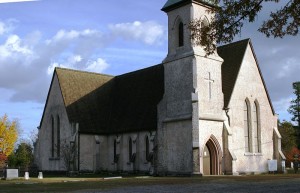
Rammed Earth uses pre-built forms, similar to those used for pouring concrete, to hold packed earth in place while it cures. The 24-inch thick walls make great thermal mass to hold out the elements. These buildings can be very elegant and can last for centuries. Parts of the Great Wall of China were constructed of Rammed Earth around 5,000 years ago! They range from $65 to $125 per square foot, making them more expensive than many building types, but their durability can outlast many generations and natural disasters.

Cob has nothing to do with Zea mays. It is a mixture of soil, sand, straw, and water and is the most versatile of building mediums. It can be easily formed into sculptures, shelves, benches, tubs, whatever you can imagine. Cob is fireproof and doesn’t require any heavy machinery or power tools, making it an excellent medium for those with little experience and limited resources. With so many variables in construction costs, it is hard to estimate how much a cob home costs to build, but some figures suggest between $10 and $50 per square foot.
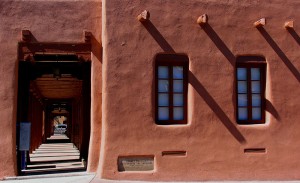
Adobe is an ancient building technique basically comprised of forming bricks from mud and then building after they have cured. The walls are covered in an earthen plaster to protect the blocks and make the walls look nice. This building method is somewhat limited to the more arid climates, like the Southwest U.S. due to their vulnerability to moisture. The cost to build an adobe home is estimated at $55 to $85 per square foot.
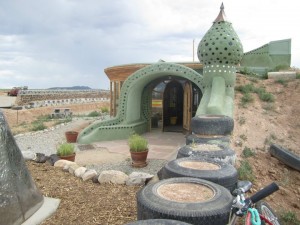
The term Earthship was coined by Taos, New Mexico architect, Michael Reynolds, who explains in excruciating detail, the need to use available materials. Americans discard an estimated 253 million automobile tires every year. They are found on every continent of the world. The tires are pounded full of earth, stacked into walls, and covered with earthen plaster. The tire-walls are nearly 3 feet thick, forming huge amounts of thermal mass which are charged by the sun during the day and then slowly release the heat into the night. The south face of a tire-home is typically all glazing (glass) to let in light and heat in the winter. These homes are designed to be off-grid and operate autonomously, as would a ship at sea. The interior walls are built with empty aluminum cans and cob, making earthships the ultimate in recycled media. They are fairly new to the world of home-building and are thus very time consuming to design efficiently, if you decide not to purchase plans from Earthship Biotecture, costing around 2 to 3 grand. There are many estimates for cost per square foot, but the general range is $50 to $100.

Earthbag construction, aka Superadobe is similar to rammed earth in that earth is packed into polypropylene bags or tubes and stacked on top of one another, in the shape of vertical walls or cylindrical domes. In between the layers of bags are two rows of barbed wire, which hold the bags in place. The walls are then covered in earthen plaster to keep the elements off the bags, and for aesthetic quality. Once tamped, the bags are about 12 inches wide, giving the home nice thermal mass. One big plus about earthbags is that the dome shape can be utilized, and expensive roofing (often the most costly part of home building) can be circumvented. Earthbag building is simple, easy to learn and can use many elements of other sustainable building styles like cob forms for artistic appeal, and interior aluminum can walls. The cost to build an earthbag home is estimated at $16 to $30 per square foot.

All of these “alternative” homes and even “modern” homes can be even more sustainable simply by having the majority of windows on the south side (in the northern hemisphere) to let in heat and light in the winter to reduce heating costs. Additionally, by adding eaves over the windows, the cooling costs can be significantly decreased in the summer by blocking the heat and light out.
Summary of Earthen Buildings:
Earthen buildings can be cheaper than conventional homes, if the labor is done by the home-owner and not contracted out. Earthen buildings can be made with excellent artistic creativity and function, as well as being very energy efficient, especially if angled toward the south. By using mostly earth, toxic construction materials are skirted. In several studies, earthbag domes surpassed Uniform Building Requirements by 200 percent and could withstand more abuse than the equipment designed to test them! The earthbag technique has been proven to withstand fire, flooding, hurricanes, termites, and earthquakes.¹³ They are built to last!
References:
¹ http://www.byoh.com/costestimating.htm
² http://www.nahb.org/fileUpload_details.aspx?contentID=99359
³ http://www.nahb.org/fileUpload_details.aspx?contentID=99359
¹¹ http://healthybuildingscience.com/2012/11/27/toxic-building-materials-in-residential-construction/
¹² Chiras, Dan. The Natural House. p 8. 2000. Print.
¹³ Hunter and Kiffmeyer. Earthbag Building: The Tools, Tricks and Techniques. p 9. 2004. Print.
Great places to learn more:
http://www.earthbagbuilding.com/index.htm (The ultimate resource for earthbag information)
http://www.permies.com/forums/f-79/earth-bag (Permies.com forum on earthbag building)
https://www.facebook.com/groups/39495056171/ (Earthbag Builders Group on Facebook)
http://earthship.com/ (Earthships, from the horse’s mouth)

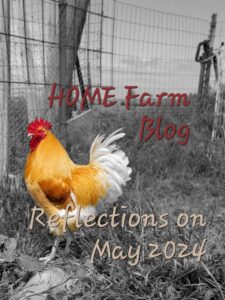
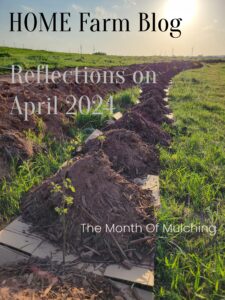





5 thoughts on “Why Build with Earth?”
A great piece of information to better inform all of us about alternative choices…
Thank you, Alice. It is so hard these days to realize that there are alternatives to everything! We just have to get past all the mainstream clutter to find sustainable solutions.
Strange you left a link and now message on our website… but I like the content of yours! Having worked with both conventional and traditional building materials… earthen building materials and old-school construction techniques are so much more intuitive and personally gratifying. Thanks for reaching out… but next time please leave a brief note please!
I love the concept of earthbags, but are they appropriate for a cold climate? Will you find a way to insulate?
Also, how will you heat the individual rooms? Being so separated will they each need a wood stove?
I don’t mean to be challenging — I’m wanting to build round myself to protect from tornadoes . . .